Solar Lights with Motion Sensors: Benefits and Features
Solar-powered motion sensor lights have transformed outdoor lighting, offering energy-efficient, eco-friendly solutions for homes, gardens, and public spaces. Unlike traditional lighting systems, solar lights movement sensor technology combines renewable energy with intelligent detection, providing adaptability, convenience, and sustainability. This article explores the core value of solar-powered motion sensors, their adaptability across scenarios, energy optimization techniques, methods to avoid environmental interference, and advanced linkage functions for expanded use cases. Drawing from insights in existing literature and adding fresh perspectives, we address user needs for reliable, versatile outdoor lighting.

The Core Value of Solar-Powered Motion Sensors
The solar lights movement sensor stands out for its adaptability, distinguishing it from conventional sensors. Traditional motion sensors, often reliant on wired power, lack the flexibility of solar-powered systems, which harness sunlight to operate independently of electrical grids. This autonomy makes them ideal for remote locations, such as rural gardens or off-grid pathways, where wiring is impractical. According to an article by EcoFlow, solar lights with motion sensors reduce energy costs by activating only when movement is detected, unlike constant-on lights that waste power (EcoFlow, 2023).
The core value lies in their ability to combine renewable energy with smart detection. Motion sensors use passive infrared (PIR) technology to detect heat signatures from moving objects, such as people or animals, triggering the light only when needed. This ensures energy efficiency while providing security and convenience. Unlike conventional sensors, which may require frequent maintenance or complex installations, solar-powered models are low-maintenance, with self-charging batteries that reduce long-term costs. Their adaptability to various environments—urban yards, rural driveways, or commercial spaces—makes them a versatile choice for users seeking sustainable lighting solutions.
Moreover, solar lights movement sensor systems are user-centric. Homeowners value their ease of installation, often requiring no professional electrician, as noted in a review by CNET (CNET, 2024). The ability to place lights in areas with ample sunlight, without worrying about power outlets, caters to practical user needs. Additionally, these lights enhance safety by illuminating pathways or entrances only when motion is detected, reducing the risk of tripping or deterring potential intruders.
Scenario Adaptation of Sensitivity and Detection Range
One of the standout features of solar lights movement sensor technology is its adaptability to different scenarios through adjustable sensitivity and detection range. Users need lighting solutions that perform effectively in diverse settings, such as courtyards, garden paths, or driveways, each with unique requirements. For instance, a courtyard may require a wide detection range to cover open spaces, while a narrow path benefits from a focused, shorter range to avoid unnecessary activations.
Modern solar motion sensor lights allow parameter adjustments to suit specific environments. According to a guide by SolarReviews, many models offer customizable settings for sensitivity (how easily the sensor triggers) and range (the distance at which motion is detected, typically 10–30 feet) (SolarReviews, 2024). For example, in a busy urban courtyard, users can lower sensitivity to prevent lights from activating due to passing cars or stray animals. Conversely, in a secluded garden, higher sensitivity ensures the light responds to even subtle movements, enhancing security.
Adjusting these parameters is often user-friendly, with many lights featuring dials, switches, or mobile app controls. For instance, brands like Ring and Philips Hue offer models with app-based interfaces, allowing users to fine-tune settings remotely (The Spruce, 2025). This adaptability ensures the lights meet specific user needs, whether illuminating a small porch or a sprawling backyard. By tailoring the detection range and sensitivity, users can minimize false triggers, conserve battery life, and optimize performance for their unique outdoor spaces.
Energy Consumption Optimization and Battery Life Balance
Energy efficiency is a critical concern for users of solar lights movement sensor systems, as battery life directly impacts reliability. These lights rely on solar panels to charge internal batteries, typically lithium-ion, which power the LEDs and sensors. Balancing energy consumption with performance is key to ensuring long-lasting operation, especially during cloudy days or winter months with limited sunlight.
One effective technique is controlling sensing frequency. Motion sensors can be programmed to activate only during specific times or under certain conditions, reducing unnecessary power drain. For example, some models allow users to set “dusk-to-dawn” modes, where the sensor is active only at night, as highlighted in a Home Depot buying guide (Home Depot, 2024). This prevents the sensor from operating during daylight hours, conserving battery life.
Another strategy involves optimizing LED brightness. Many solar lights movement sensor units offer adjustable brightness levels, allowing users to balance illumination intensity with energy use. For instance, a lower lumen output (e.g., 200–400 lumens) may suffice for pathways, while higher outputs (800+ lumens) are better for security lighting. According to EnergySage, selecting the appropriate brightness for the task can extend battery life by up to 30% (EnergySage, 2023).
Battery technology also plays a role. Advanced models use high-capacity batteries with efficient charge controllers to maximize energy storage. Some incorporate supercapacitors for rapid charging, ensuring the light remains operational even after short bursts of sunlight. Regular maintenance, such as cleaning solar panels to remove dust or debris, further enhances charging efficiency, as recommended by Bob Vila’s solar lighting guide (Bob Vila, 2024). By combining these techniques, users can achieve a balance between reliable performance and extended battery life, addressing their need for low-maintenance, cost-effective lighting.
Environmental Interference Avoidance Methods
Outdoor environments pose challenges for solar lights movement sensor systems, as wind, rain, snow, and physical obstructions can interfere with sensor accuracy. Ensuring stability in adverse conditions is crucial for user satisfaction, as unreliable sensors can lead to false triggers or failure to activate when needed.
To mitigate environmental interference, manufacturers design sensors with weather-resistant materials and advanced algorithms. For example, IP65-rated solar lights, as noted in a review by TechRadar, are dust-tight and resistant to water jets, making them suitable for rainy climates (TechRadar, 2024). PIR sensors are also calibrated to distinguish between human/animal movement and environmental factors like swaying branches or falling leaves. Some models use dual-sensor technology, combining PIR with microwave sensors, to reduce false positives caused by wind or temperature changes.
Obstructions, such as overgrown vegetation or parked vehicles, can block detection zones. Users can address this by strategically placing lights in open areas and regularly trimming nearby foliage, as advised by Architectural Digest (Architectural Digest, 2024). Additionally, adjustable mounting brackets allow users to angle the sensor for optimal coverage, avoiding blind spots caused by walls or fences.
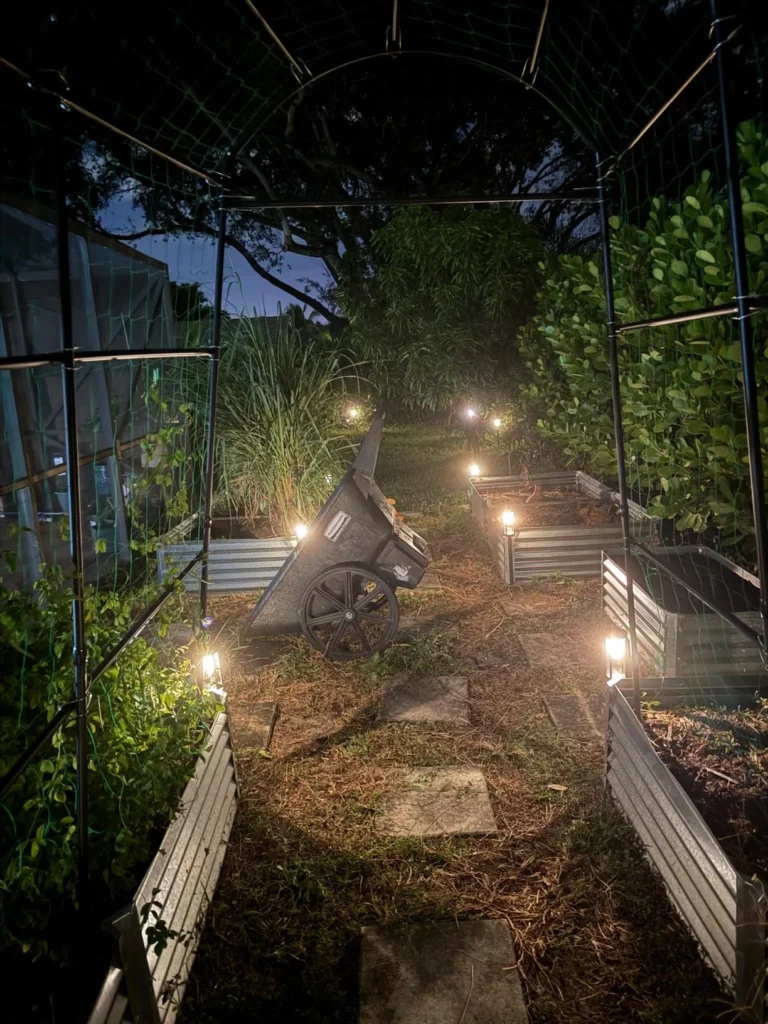
Temperature fluctuations can also affect performance, particularly in extreme cold or heat. High-quality solar lights movement sensor units incorporate temperature-compensated sensors to maintain consistent detection accuracy. For instance, brands like Aootek and Leonlite use advanced circuitry to stabilize sensor performance across a wide temperature range (-10°C to 50°C), ensuring reliability in diverse climates (CNET, 2024). By implementing these avoidance methods, users can trust their solar lights to function consistently, meeting their need for dependable outdoor illumination.
Linkage Functions and Expanded Usage Scenarios
The versatility of solar lights movement sensor technology extends beyond standalone operation through linkage functions that integrate with other systems, such as light sensors, timers, or smart home ecosystems. These features expand usage scenarios, catering to users who seek customized, interconnected lighting solutions.
One common linkage is with ambient light sensors, which enable “dusk-to-dawn” functionality. These sensors detect ambient light levels, ensuring the motion sensor activates only in low-light conditions. This synergy, as described in a Forbes article, enhances energy efficiency by preventing daytime activations (Forbes, 2024). For example, a user can configure a solar light to turn on at dusk when motion is detected and turn off at dawn, ideal for overnight security in a driveway.
Time-of-day scheduling adds further flexibility. Advanced models allow users to program specific activation windows, such as 8 PM to midnight, aligning with peak activity periods. This is particularly useful for commercial spaces or community gardens, where lighting needs vary by time. Brands like Ring offer integration with smart home platforms (e.g., Alexa or Google Home), enabling voice control or automated schedules via apps (The Spruce, 2025).
Collaborative models also support expanded scenarios, such as linking multiple lights for synchronized activation. For instance, motion detected at a front gate can trigger lights across a pathway, creating a seamless illumination chain. This is especially valuable for large properties or public parks, where coordinated lighting enhances safety and aesthetics. Additionally, some systems integrate with security cameras or alarms, providing a holistic security solution, as noted in a Wired review (Wired, 2024).
These linkage functions address user needs for smart, scalable lighting. By combining motion sensors with light sensors, timers, and smart home connectivity, solar lights movement sensor systems offer tailored solutions for residential, commercial, or public applications, making them a future-proof investment.
Conclusion
Solar lights movement sensor technology represents a pinnacle of outdoor lighting innovation, blending sustainability with intelligent functionality. Their core value lies in adaptability, enabling users to deploy them in diverse settings without reliance on electrical grids. By offering adjustable sensitivity and detection ranges, they cater to specific scenarios, from cozy courtyards to expansive driveways. Energy optimization techniques, such as controlled sensing frequency and brightness adjustments, ensure long battery life, while robust designs mitigate environmental interference, delivering reliable performance. Linkage functions further expand their utility, integrating with smart systems for customized, scalable solutions.
For users seeking eco-friendly, cost-effective, and versatile lighting, solar lights movement sensor systems are an ideal choice. As technology advances, we can expect even smarter features, such as AI-driven detection or enhanced solar efficiency, further meeting user needs for sustainable outdoor illumination.

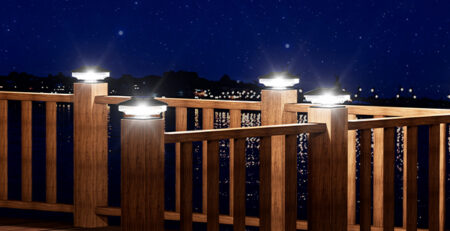
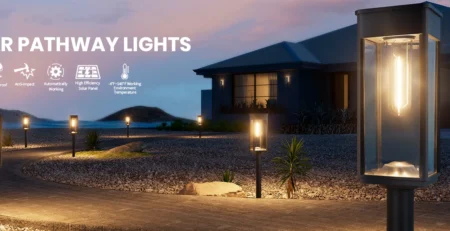
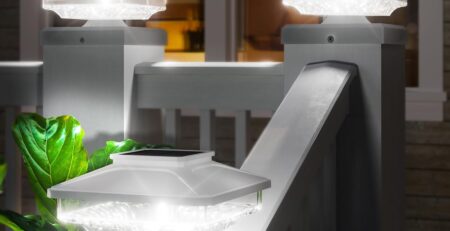


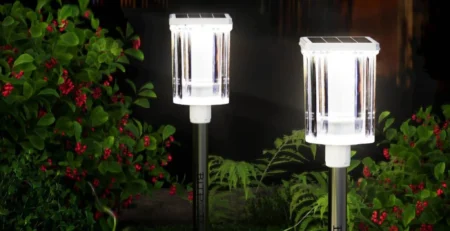

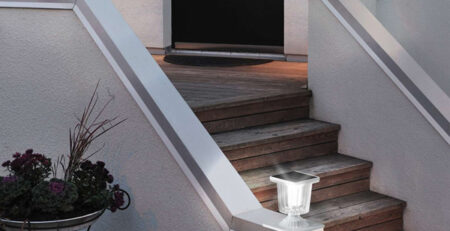
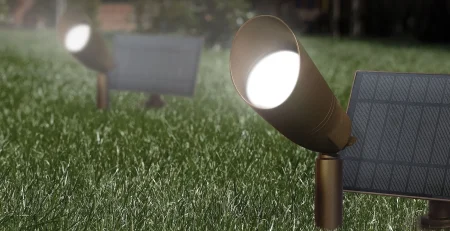

Leave a Reply